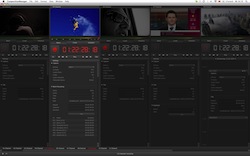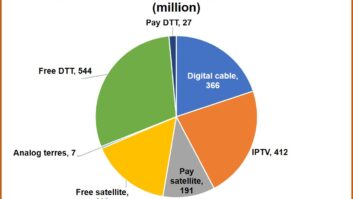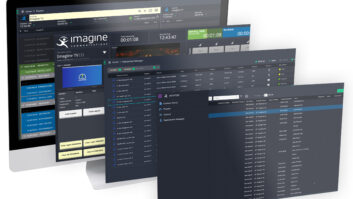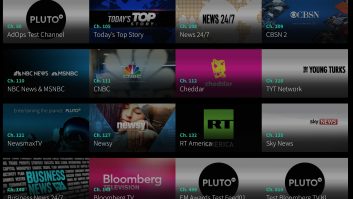
Daniel Keller talks to ToolsOnAir VP Sales & Marketing, Gilbert Leb.
Nearly half a century ago, Intel founder Gordon Moore posited that computer technology would essentially double in power and sophistication every two years. Moore’s Law, as it has come to be known, has proven to be something of a conservative estimate, particularly when viewed through the prism of the past decade.
The effects of the digital and internet revolutions have been undeniable and far-reaching, and while the roots of both date back several decades, the past ten years has seen them mature together with a synergy that has quite literally changed our world. And few industries have been as profoundly and fundamentally affected as ours.
For those who create and disseminate audio and video content, the sophistication and affordability of today’s nonlinear technology has brought with it an empowerment that could scarcely have been dreamed of even a few short years ago. From capture and ingest to editing and transmission, the tools we use continue to grow smaller and increasingly powerful.
As content creation technology has become more accessible, so too has the ability to reach an ever widening audience. The constrictions of the airwaves have proven no match for the ubiquity of the internet. Video standards like Apple’s QuickTime allow us to easily and instantly share our content across multiple platforms, enabling even shoestring operations to reach their audience instantly, whether down the street or across 17 time zones.
The result has been a shift in the balance of power, with professional production and communication capabilities now within the reach of smaller operations and more modest budgets. Recent years have seen a growing wave of start-up IPTV and streaming broadcasters. Like most young companies, these are operations typically short on budget but long on energy and agility.
“For many small and mid-sized TV facilities, the ‘channel in a box’ concept is really ideal. The challenge is to design a system that can keep up with their workflow,” says Gilbert Leb at Vienna-based ToolsOnAir. “Most of the currently available Mac and Windows-based software is not designed with live broadcast production in mind. When you’re on the air, you can’t afford to sit and wait for your computer to process and render a file.”
ToolsOnAir has addressed the ‘TV station in a Mac’ concept with Just:, a suite of integrated applications designed to create a fully functional broadcast facility using the Mac OSX platform and off-the-shelf hardware components. The QuickTime-based applications are compatible with Final Cut Studio, integrating video, audio and graphics, along with automation, asset management, and multiple file format capability.
The ToolsOnAir Just: Broadcast Suite includes a multichannel ingest solution, playout automation, live video and graphic automation and realtime graphics, all utilising standard video interfaces from Matrox, Blackmagic, AJA and other readily available brands.
“Many smaller broadcast facilities are located outside the major cities, and it’s not always easy to find high-end video components,” says Leb. “It was important to us to be able to work with hardware that was available anywhere, and affordable.
“In designing the TV station in a box, it’s important to consider the unique demands of a broadcast studio environment,” says Leb. “We have multiple processes running at the same time, all of which need to integrate with each other, and all of which depend on each other’s timing and scheduling. These are the factors we try to keep in mind and implement into our programs.”
Leb adds that integration with current standards is another important consideration. “Working within QuickTime and being compatible with Final Cut and Final Cut Server enables us to create a system that fits with an environment our users are already conversant with,” he says.
“We’re not trying to reinvent the wheel. The idea is to take the technology we have available today and find ways to make it work for our needs.”







